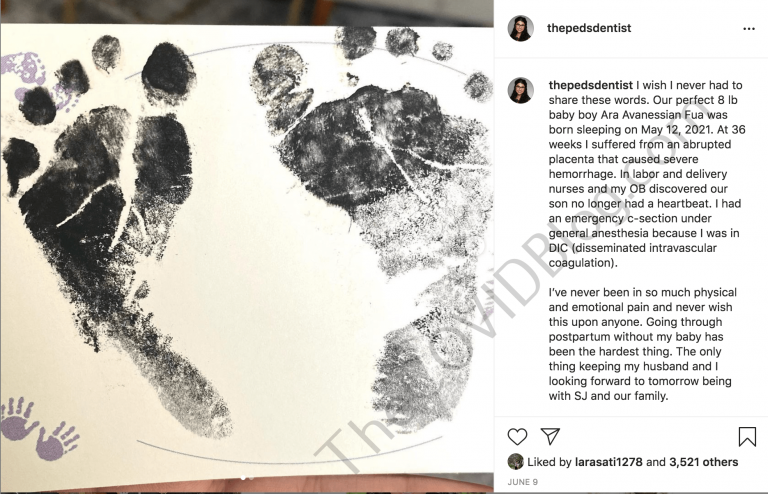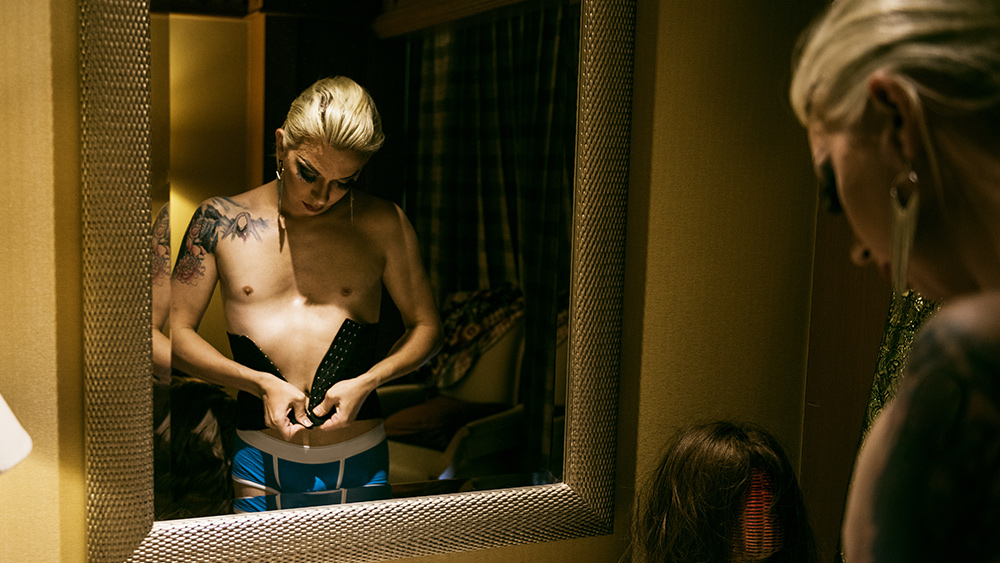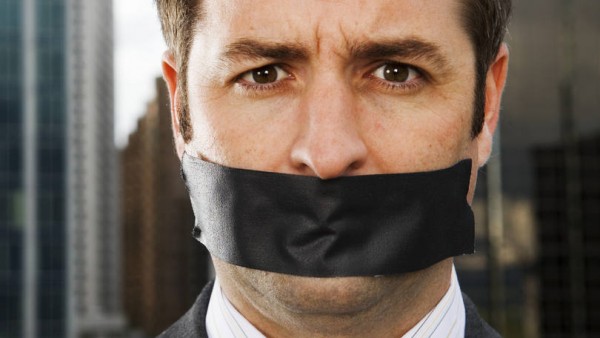Guided imagery dramatically reduces anxiety
04/29/2019 / By Ralph Flores

When it was released in 2015, Pixar’s film Inside Out was hailed by critics and moviegoers alike for its ability to translate seemingly complex emotions into simple, colorful characters that viewers can easily identify with. The New York Times writes these emotions as “characteristically Pixaresque tools of whimsy, sincerity and ingenious literal-mindedness.”
The film, which takes place inside the mind of an 11-year-old girl named Riley, had people relating to one of five emotions presented – Joy, Sadness, Anger, Disgust, and Fear. The relationship between Joy and Sadness, in particular, had been the subject of much discussion, but it’s also worth delving into the other characters that make up Riley’s emotions – especially Fear.
It’s also worth noting that Fear isn’t just a personification of the eponymous emotion. The purple jangle is a nervous wreck mainly because of paralyzing anxiety – a feeling many sufferers of anxiety-related disorders know all too well.
A double-edged sword
It’s normal – even healthy – to feel anxious. The American Psychological Association defines anxiety as “an emotion characterized by feelings of tension, worried thoughts and physical changes like increased blood pressure.”
People who feel anxious describe it from unsettling to having a sense of impending danger. While mild anxiety can feel uncomfortable, people with anxiety disorders have intrusive thoughts and concerns that can disrupt their day-to-day function. Oftentimes, the anxious feeling a sufferer gets is grossly out of proportion and can trigger physical symptoms such as nausea and high blood pressure. In the U.S., 40 million people have an anxiety disorder, making it one of the most common mental illnesses in the country.

There are different types of anxiety disorders; one of the most common is generalized anxiety disorder (GAD), a chronic condition marked by “excessive, long-lasting anxiety and worries about nonspecific life events, objects, and situations.”
Symptoms of GAD include:
- Restlessness
- Feeling “on-edge”
- Increased irritability
- Difficulty concentrating
- Problems with sleep
It’s important to note that while these feelings are also felt by people with anxiety in daily life, GAD sufferers will experience these at persistent and even extreme levels.
Applied relaxation can help with generalized anxiety
To alleviate the symptoms of generalized anxiety, healthcare professionals use what’s known as applied relaxation. Developed in the 1970s by Lars-Goran Ost, one of the most prominent researchers in cognitive behavior therapy (CBT), applied relaxation uses behavioral analysis and therapy to minimize a patient’s response to anxiety. It allows the patient to recognize signs of anxiety early on, so he can rapidly cope with the situation and relax in a short amount of time. Some techniques used include sustained deep breathing, progressive muscle relaxation, and systematic desensitization.
Researchers have long studied the mechanisms behind relaxation techniques. In one model, researchers proffered that anxiety is linked to muscle tension. Through applied relaxation, thoughts and behaviors are used to diminish tension and autonomic arousal. Other models believe that it improves the body’s response to stress or that it triggers chemicals to increase blood flow to the brain.
For people with generalized anxiety disorder or specific phobias, regular relaxation is part of their mainstream treatment, given its positive effects. In a prospective study, researchers found that generally anxious patients who underwent relaxation therapy exhibited significant improvements similar to those who have been treated with a prescription drug.
Guided imagery is another treatment used for anxiety, often used in concert with meditation and mindfulness training. The technique, which focuses imagination in a proactive and positive manner, is a self-directed treatment that catalyzes a naturally immersive altered state. It’s known for its benefits on the immune system, its ability to improve the body’s stress response, and its positive effect on a person’s overall mental and emotional well-being. Regular mental imagery can help multiple types of anxiety disorders, including generalized anxiety, panic attacks, and traumatic memories.
Each approach is effective on its own – but they’re more effective when done together. In one clinical trial, 60 women with reported anxiety and postpartum had improved their symptoms after undergoing a combined relaxation-guided imagery program.
It’s not just relaxation that works with guided imagery: The meditative practice can even offer a good night’s sleep.
Looking for more natural ways to manage anxiety? AlternativeMedicine.news has more.
Sources include:
Submit a correction >>
Tagged Under:
alternative medicine, anxiety relief, applied relaxation, behavior therapy, brain health, cognitive health, disease treatments, generalized anxiety disorder, Meditation, natural cures, natural medicine, progressive muscle relaxation, stress relief
This article may contain statements that reflect the opinion of the author





















